When to prune blackcurrants - the window that will ensure a delicious harvest next summer
Make way for strong young growth full of berries by knowing when to prune blackcurrants during certain months of the year
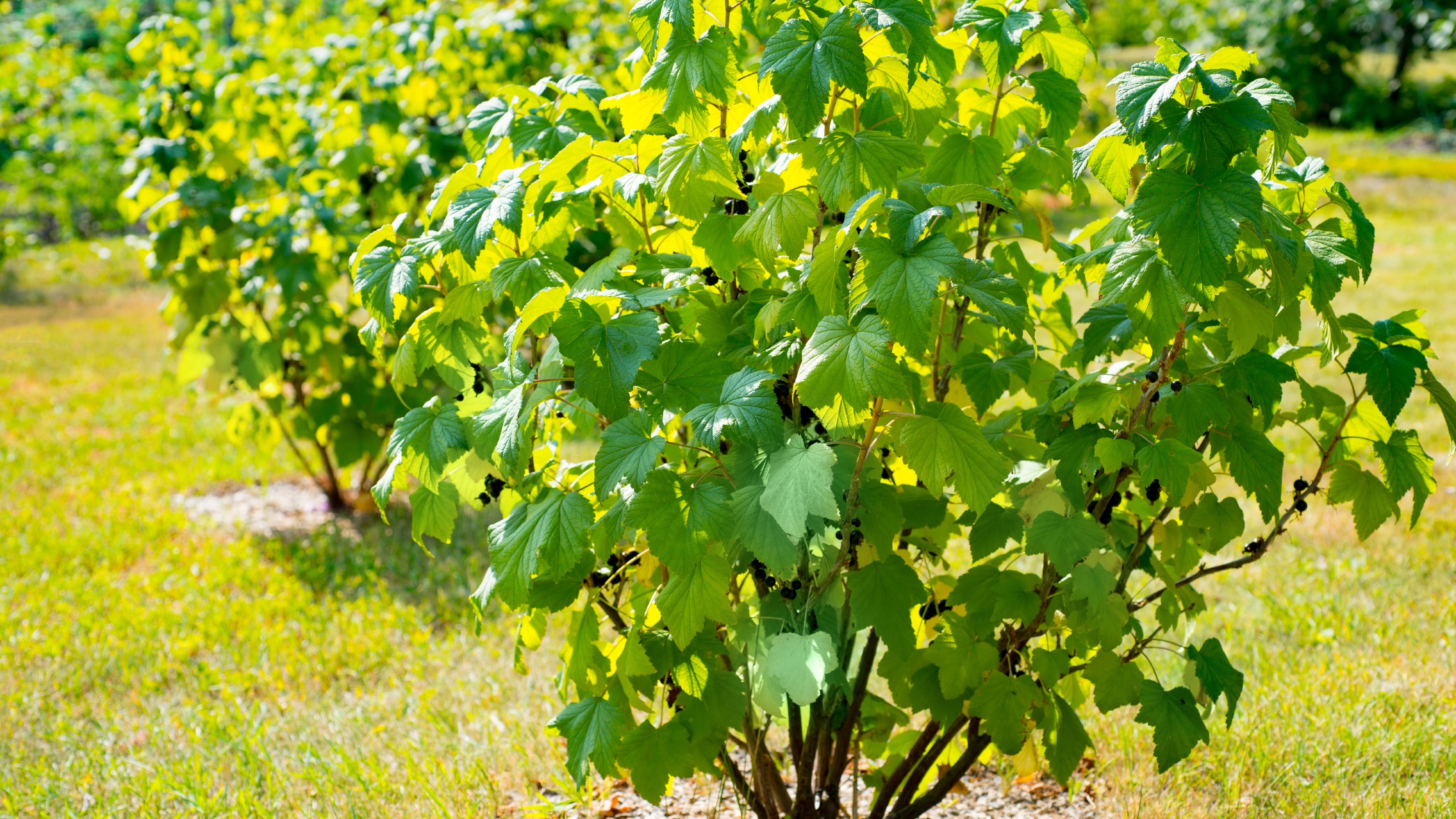
Blackcurrants are one of those easy-to-care-for plants that really should get more praise. They can be grown in containers or directly planted into the ground. The only tricky thing about caring for them is knowing when to prune blackcurrants to ensure a bumper harvest from even a small vegetable garden each summer.
Unlike red and white currants, blackcurrants fruit best on young, strong stems, so when pruning you are cutting back the older stems to encourage new ones to sprout from the base. This is why it is ultra important to know when to prune blackcurrants, as well as how, otherwise you could jeopardise next year's crop.
'Blackcurrants produce fruit on new wood, so regular pruning is essential for maintaining a healthy and productive plant,' says Fiona Jenkins, gardening expert at MyJobQuote.co.uk
'By removing the old, unproductive wood, you can encourage the growth of brand new shoots. These new shoots will provide fruit the following year.'

Fiona Jenkins is a UK-based landscaper with over twenty-five years of experience in the industry. Fiona offers her expert advice to MyJobQuote's tradespeople and homeowners and has also been featured as a gardening expert for a range of reputable publications.
Soft prune when harvesting
For a young blackcurrant bush you don't need to prune it at all if it's under two years old. The multi-stem branches will still be young and healthy and so you don’t need to prune it just yet.
However, if it has grown unruly you can soft prune at the same time as you're harvesting. A blackcurrant bush can grow to about 1.5m (5ft) tall and wide so if it begins to take over your garden border ideas or is looking unruly in amongst your container garden display, then it is possible to soft prune establishing blackcurrants sparingly.
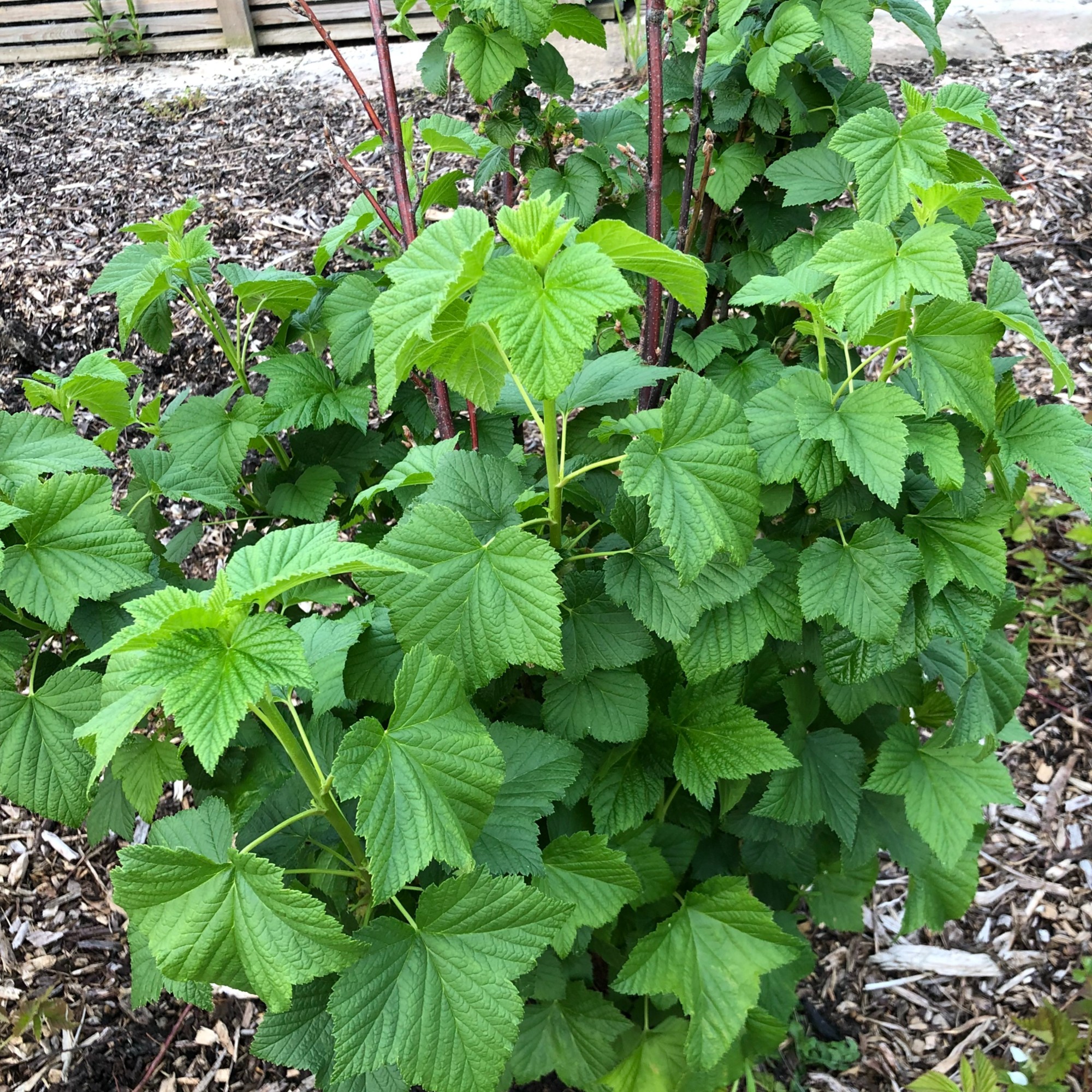
'I actually find that with an established bush where the fruit tends to ripen all at the same time, the easiest technique is to prune and pick in one go', says Sarah Raven, Ideal Home celebrity gardening expert and founder of Sarah Raven.
'Select four or five of the oldest branches and when they are ripe and ready to pick, prune them out as low to the ground as you can and sit and pick the fruit in the comfort of a garden chair. The new branches will shoot from the base again and fruit for you next year.'
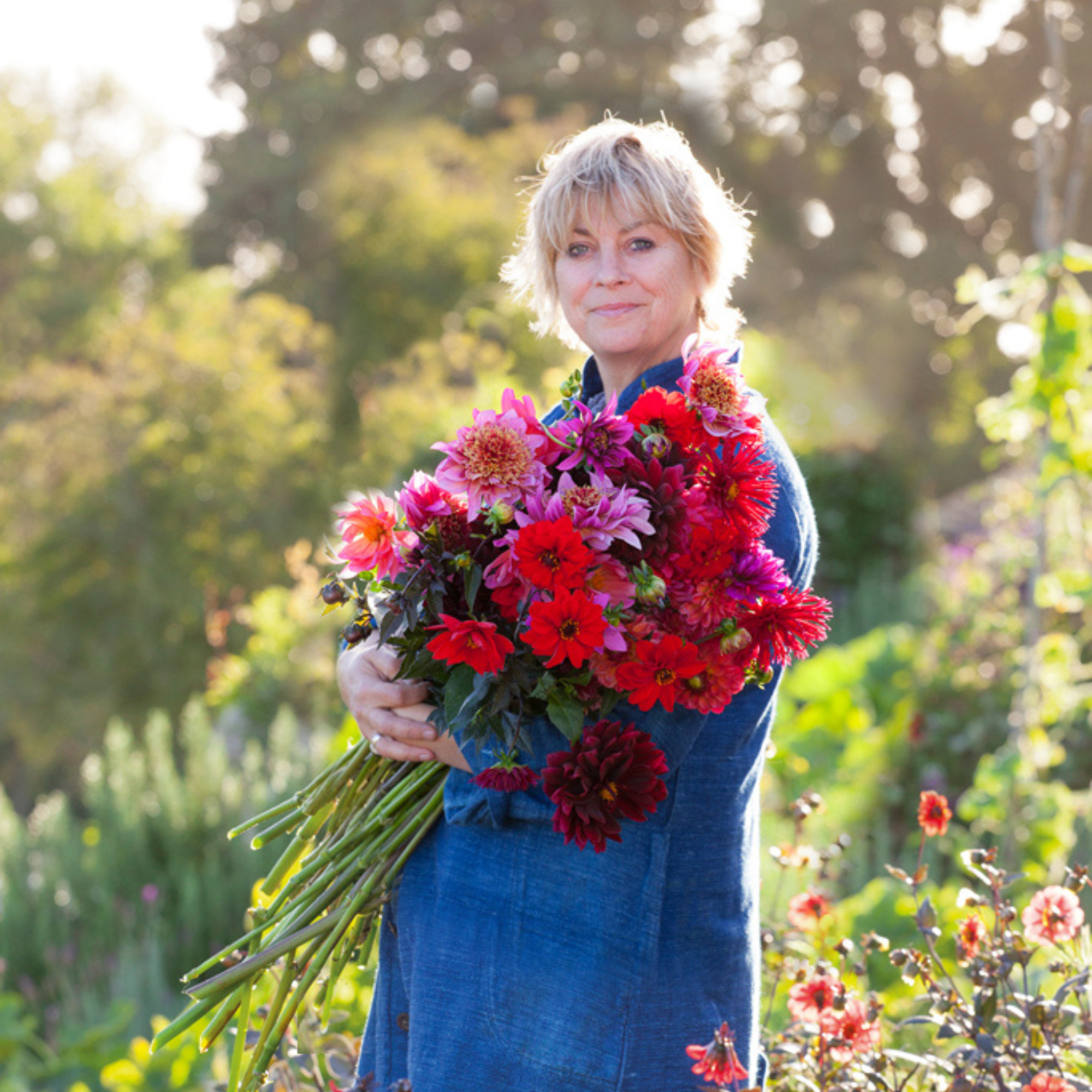
Since the publication of her first book, The Cutting Garden, Sarah led the way in introducing a new kind of productive gardening. Sarah’s expertise extends to all areas, from cut flowers and vegetables to designing gardens packed with colour, and scent. Her gardening podcast has achieved 2.6 million downloads; she’s published 12 books and runs SarahRaven.com which services over 600,000 customers.
Hard prune when blackcurrant shrubs are dormant
Once your blackcurrant has matured to around three or four years old, it is time to hard prune to remove old wood and make way for strong young stems.
As mentioned, blackcurrants will only grow on healthy young branches so pruning annually is vital for growing and harvesting the soft fruit.
Blackcurrants are best pruned each winter when the shrub is in it's dormancy. This is important as the plant needs to heal and prepare for regrowth while passive and storing energy.
'The best time to prune blackcurrants is during the dormant period. This is usually between November and February,' advises Fiona Jenkins.
'During this time, the plant is resting and has no leaves, making it easier to see the structure of the bush and identify which branches you need to remove.'
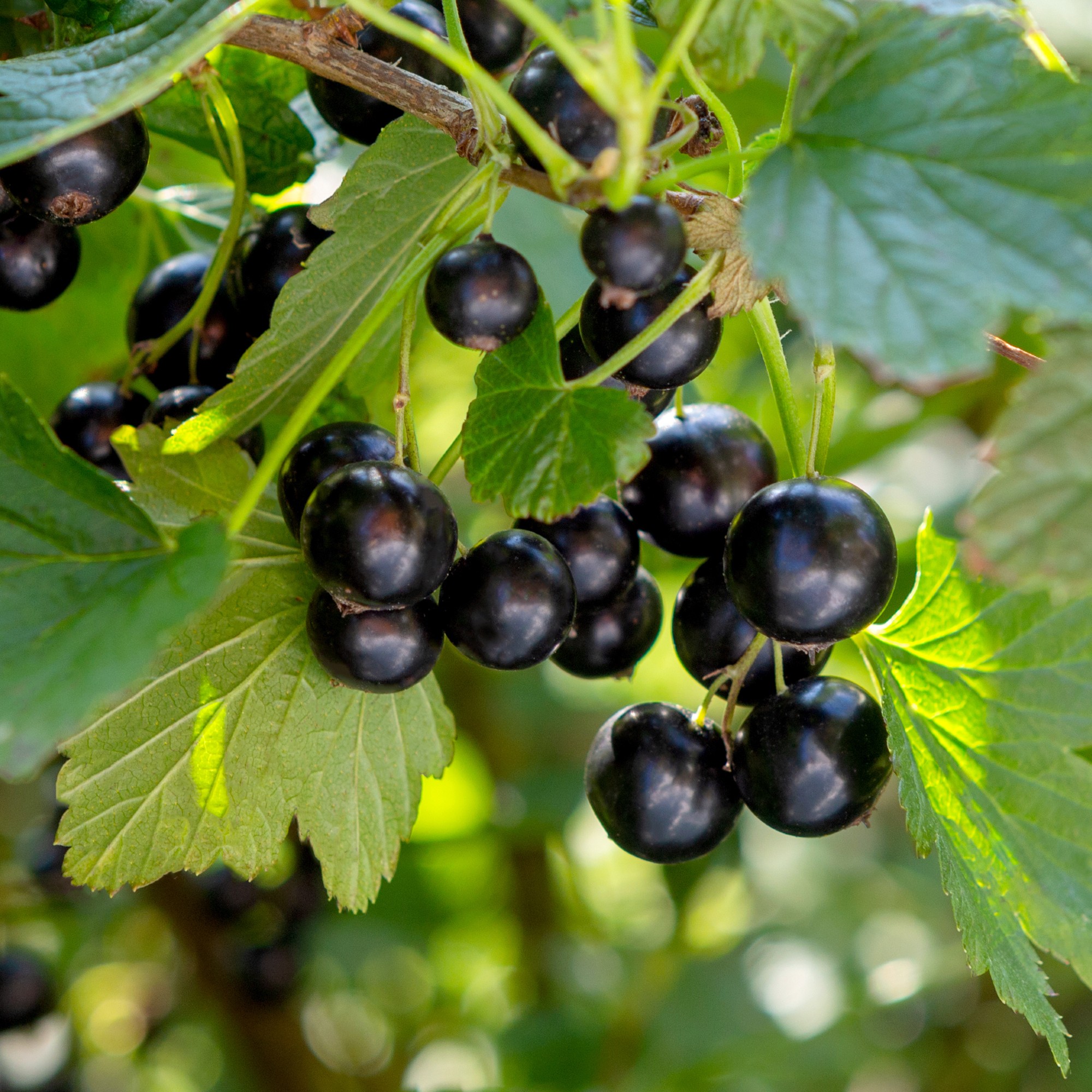
How to prune a blackcurrant shrub
Learning the correct pruning technique will avoid gardening mistakes that involve pruning and encourage new growth from the blackcurrant bush base.
According to the Royal Horticultural Society (RHS), cut out up to a third of the oldest and unproductive stems down at the base. These are easy to distinguish, as they are darker in colour and thicker – and usually require loppers (available from Argos for £32) or a pruning saw (from £10 at B&Q) to cut them cleanly. Cut just above an outward-facing bud, if you can see one.
'Remove any weak, diseased, or crossing stems. Aim for a goblet shape to allow light and air to get into the whole bush, this is easier to see when the leaves have fallen,' says Sarah Raven.
Mulch blackcurrant plant after pruning
'After pruning apply a thick mulch of well-rotted compost (this is especially important with blackcurrants as they require more nutrients) - you can also feed with a general fertiliser in the spring,' continues Sarah.
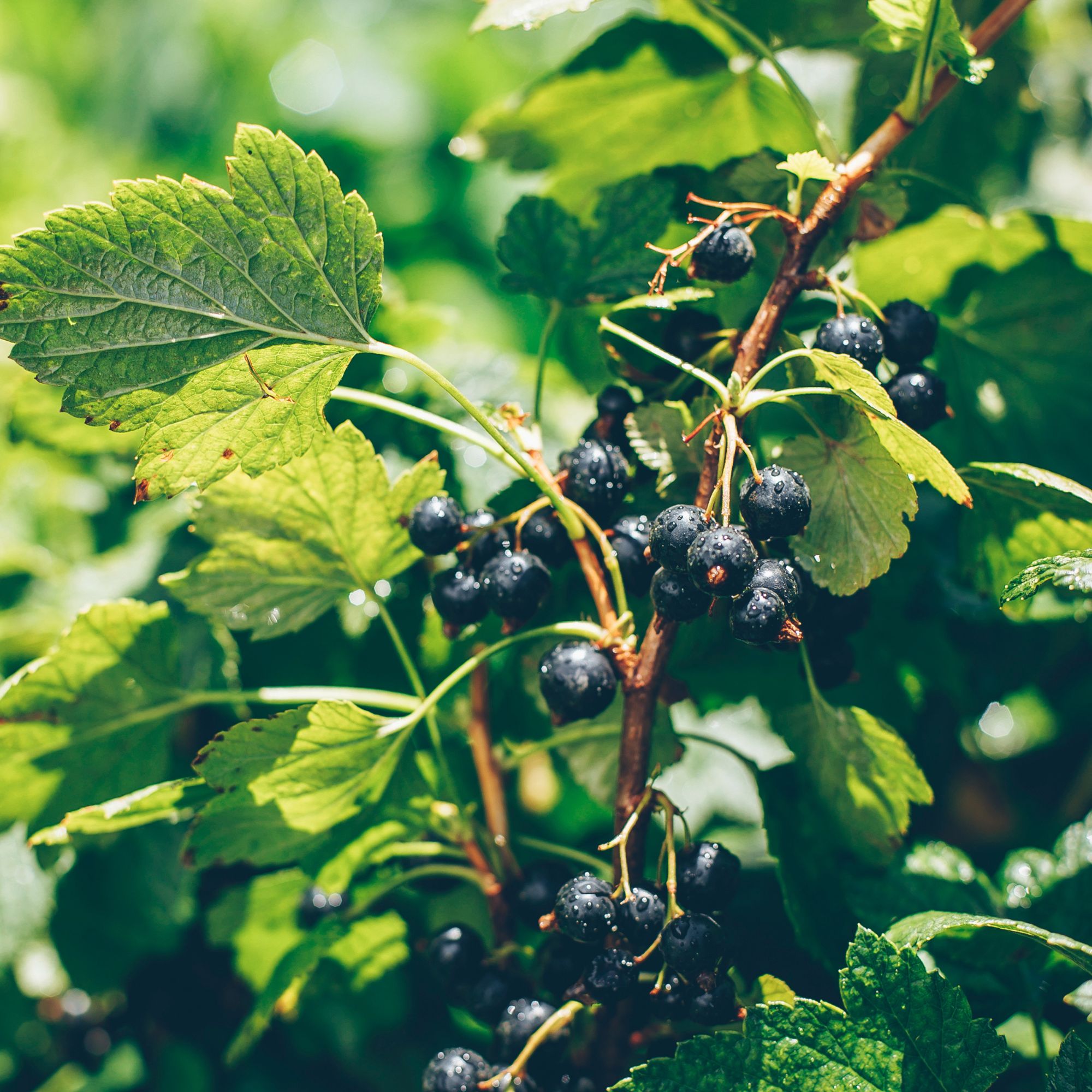
Now, this should set you up for a healthy blackcurrant plant and a plentiful fruit harvest come summertime.
Tell all your green-fingered friends, as the sooner we get all the currants back on the fruit list when planning how to start a small vegetable garden, the better.
FAQs
How long do blackcurrant bushes last?
Blackcurrants make a good investment as they last at least ten years and need very little care.
Prune annually to ensure a yearly harvest.
'Your blackcurrant bushes may not fruit the first year but will provide currants for a good 10 years after that,' explains Sarah Raven.
So while you might be coming to the end of your blackcurrant harvest, the hardwork doesn't stop yet.
Get the Ideal Home Newsletter
Sign up to our newsletter for style and decor inspiration, house makeovers, project advice and more.
Rachel Homer has been in the interiors publishing industry for over 15 years. Starting as a Style Assistant on Inspirations Magazine, she has since worked for some of the UK’s leading interiors magazines and websites. After starting a family, she moved from being a content editor at Idealhome.co.uk to be a digital freelancer and hasn’t looked back.
-
 My go-to Ninja coffee machine is on sale for Easter weekend
My go-to Ninja coffee machine is on sale for Easter weekendIt makes coffee shop quality achievable at home
By Molly Cleary
-
 When to plant out annual flowering plants for vibrant, colourful garden borders – and give them the best start, according to experts
When to plant out annual flowering plants for vibrant, colourful garden borders – and give them the best start, according to expertsNot sure when to plant out annual flowering plants? We've got you covered...
By Kayleigh Dray
-
 I'm a kitchen decor editor and didn't like this tableware trend - until I saw H&M Home's designer-look plates
I'm a kitchen decor editor and didn't like this tableware trend - until I saw H&M Home's designer-look platesThey made it easy to justify a new crockery set
By Holly Cockburn